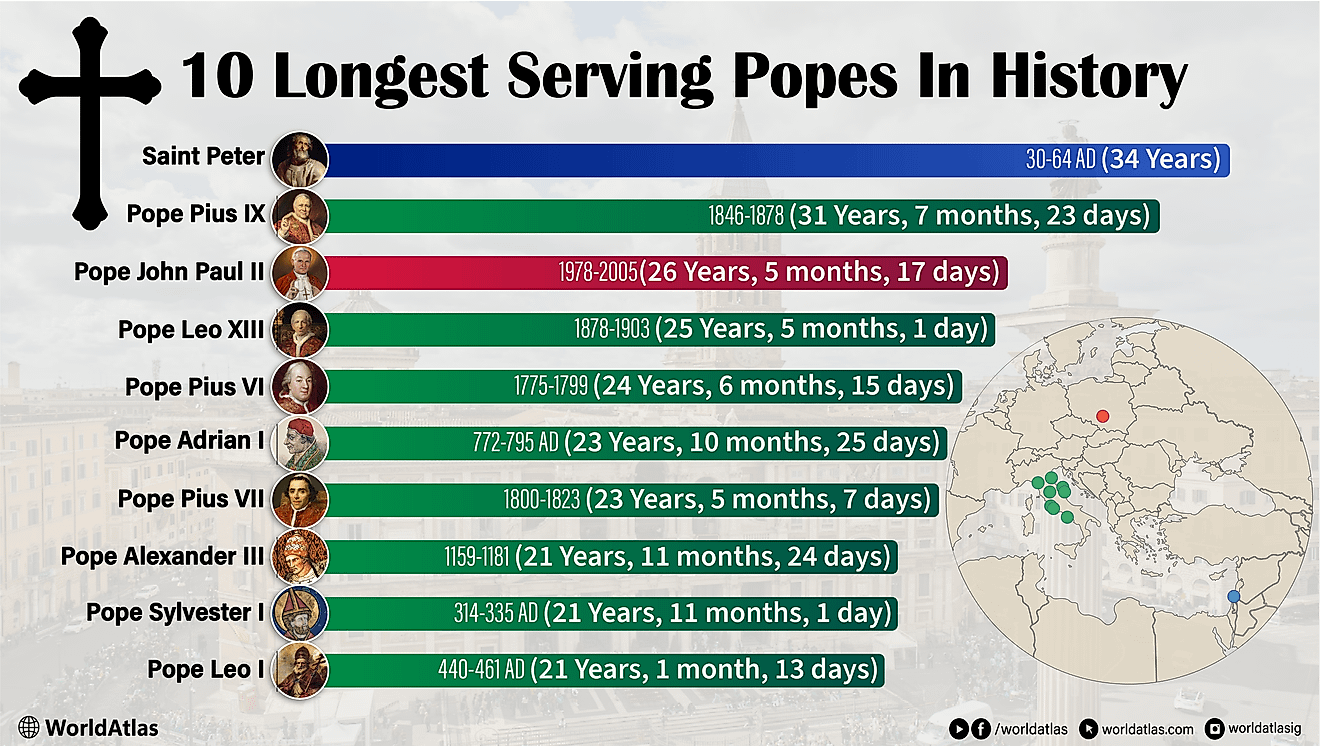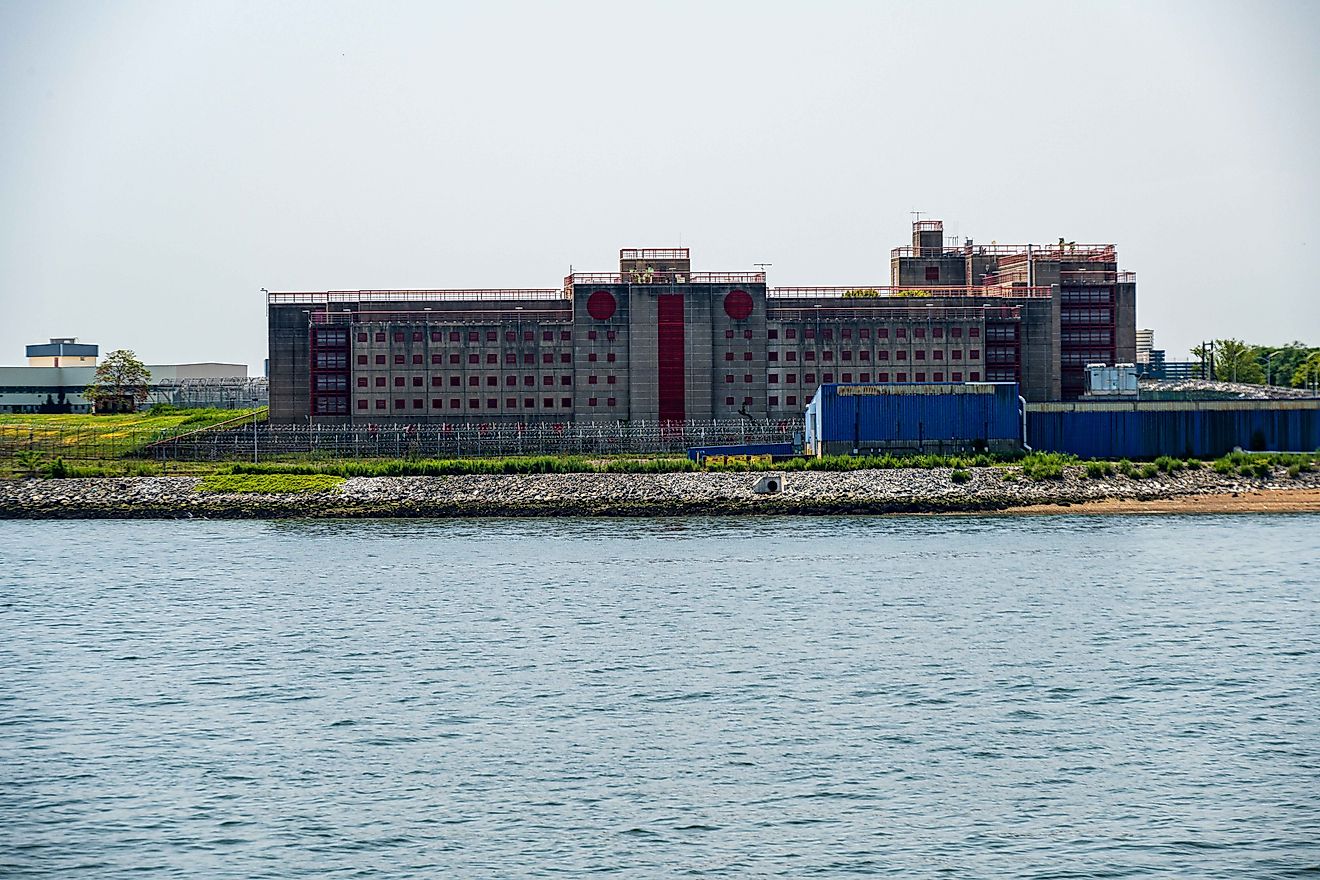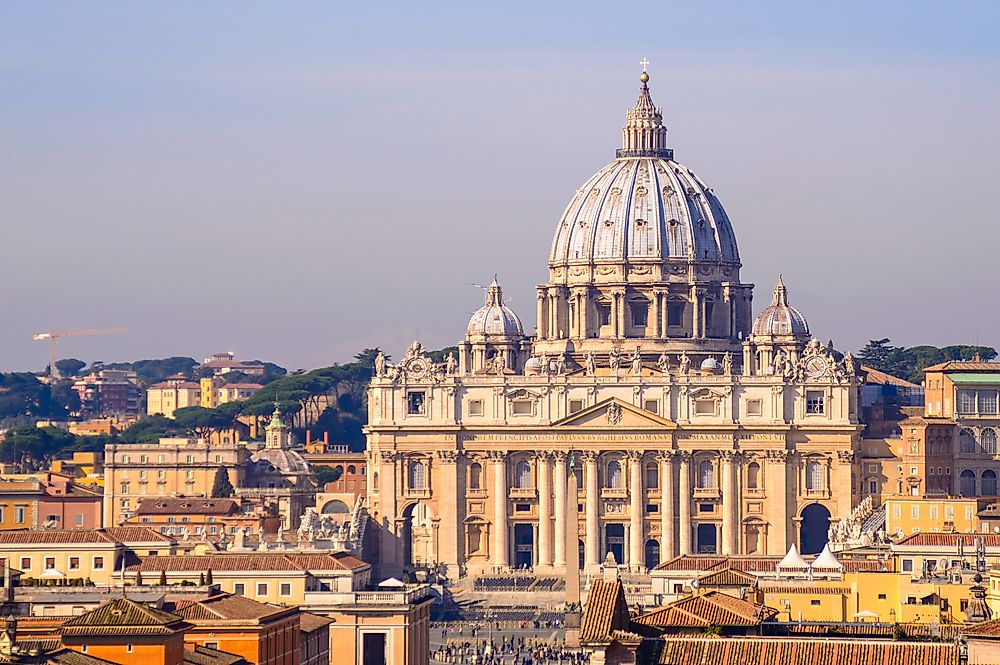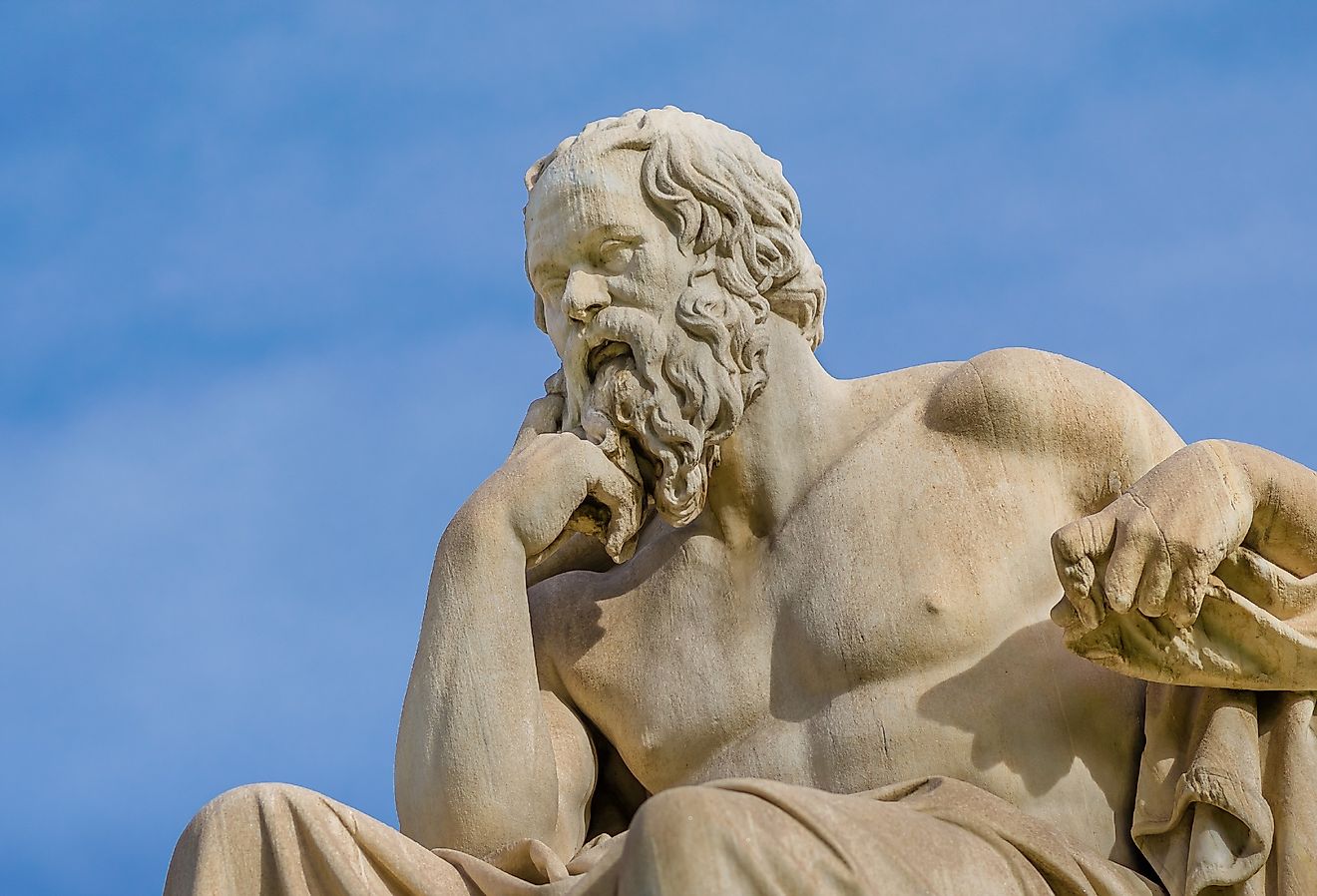UNESCO-Recognized Elements Of Intangible Cultural Heritage Of Belgium
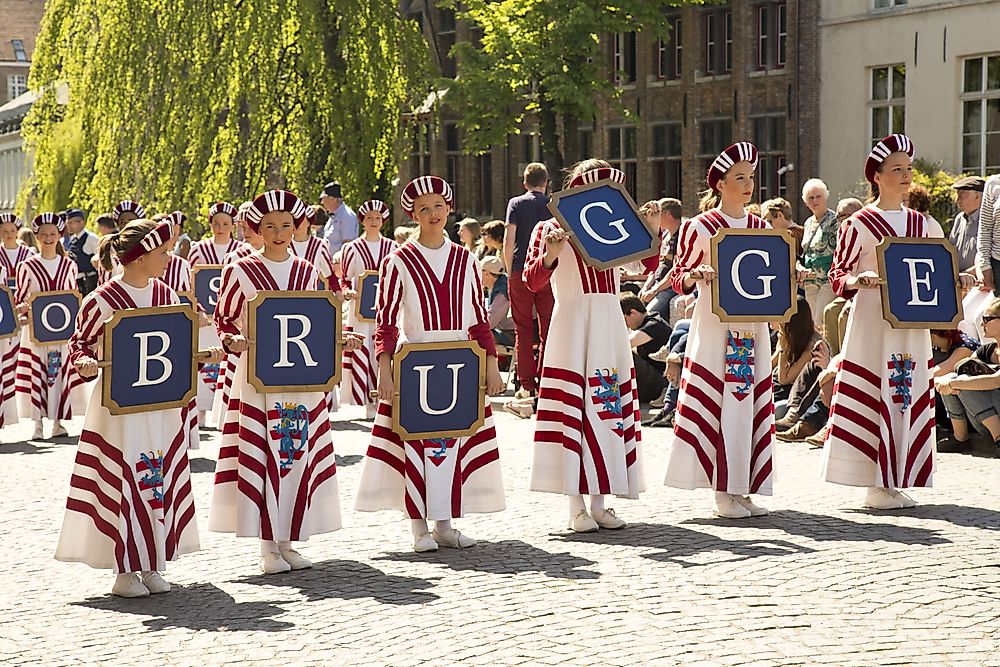
Belgium has a rich culture and heritage that is well-preserved and protected by the Belgians. In this article, we have mentioned some of the elements of intangible cultural heritage of Belgium that have been recognized by the UNESCO. They are as follows:
10. Falconry, a Living Human Heritage
Falconry is a heritage of not only Belgium but several other countries like Saudi Arabia, Germany, Austria, and others. Although it was originally used as a means to find food, currently it is more a symbol of cultural heritage and nature conservation. Falconers engaged in falconry breed bird of prey and train them. They share a strong bond with the birds and protect them against harm. Falconers believe that these their engagement with the birds is one of their few remaining links to nature and tradition in a modern world.
9. Houtem Jaarmarkt
Every year on November 11 and 12, a winter fair and a livestock market are hosted at Sint-Lievens-Houtem, a Dutch-speaking municipality of Belgium. Hundreds of traders arrive at this market to sell their horses and cattle. It is the country’ last open-air market for trading in these animals and old techniques of negotiation like handclapping are still used here.
8. Carnival of Binche
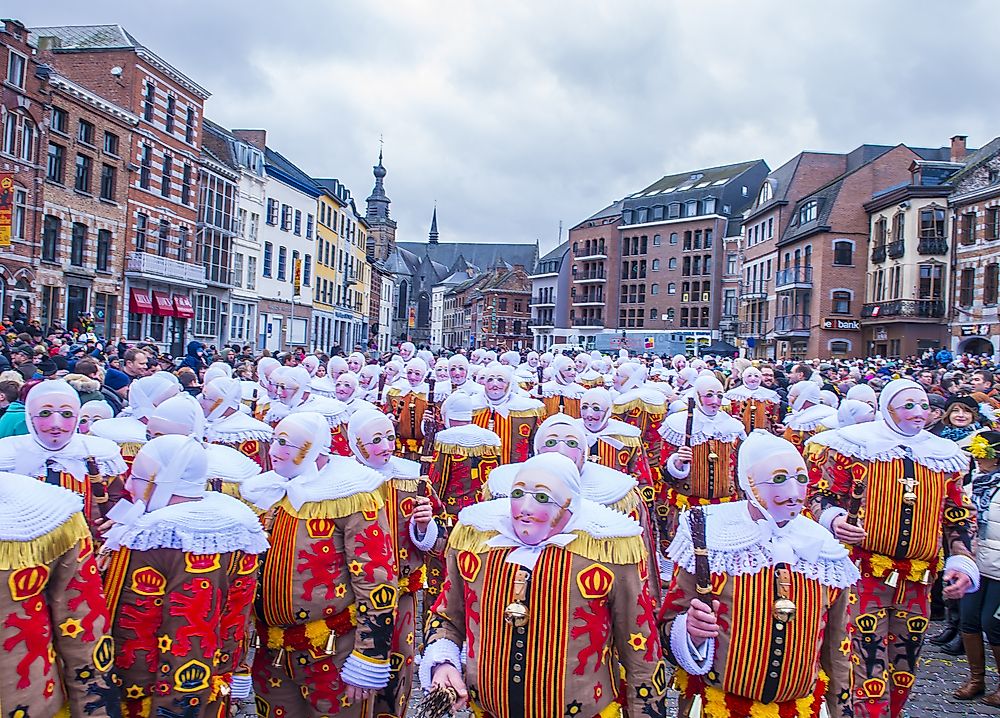
It is an annual event that is held in the town of Binche in Belgium. It is held from Sunday to Tuesday prior to Ash Wednesday. Celebrations during this festival include street performances and public displays. Dances, marches, musical acts, etc., are held during this time. Gilles who are clown-like performers are the major attractions at the festival.
7. Procession of the Holy Blood
This is a religious procession of the Catholics that has been held since the Middle Ages. The procession takes place each year on Ascension Day in Bruges. The centerpiece of the procession is the Relic which is a cloth with the blood of Jesus Christ which was brought to Bruges after the Second Crusade in the 12th century. Thousands of spectators watch the procession which includes a parade of biblical stories and historical scenes. Small plays, dances, choirs, etc., are also held during the procession.
6. Krakelingen and Tonnekensbrand
The Geraardsbergen city of Belgium celebrates the festival of Krakelingen and Tonnekensbrand on a Sunday that precedes the first Monday of March when the annual market is hosted in the city. Preparations for the festival start several days before the celebration day. Special ring-shaped bread called krakelingen are baked and shops are decorated. On the day of the festival, a parade with a thousand participants starts from the Hunnegem church and climbs the hill to reach the Holy Mary Chapel. It is a religious parade involving ceremonies of religious nature. Ten thousand krakelingen are thrown into the crowd. One of these contains a ticket and the owner of the ticket wins a specially crafted golden jewel. In the night, the Tonnekensbrand, a wooden barrel is lighted to symbolize the beginning of the spring season.
5. Programme of Cultivating Ludodiversity
Ludodiversity refers to the diversity of sports, games, acrobatics, and other forms of physical exercises. The Sportimonium, a non-governmental organization in Belgium takes several measures to protect ludodiversity in Belgium. Their programs involve not only modern sports but also the country’s traditional games which includes different types of ball games, bowl games, shooting games, etc.
4. Carnival of Aalst
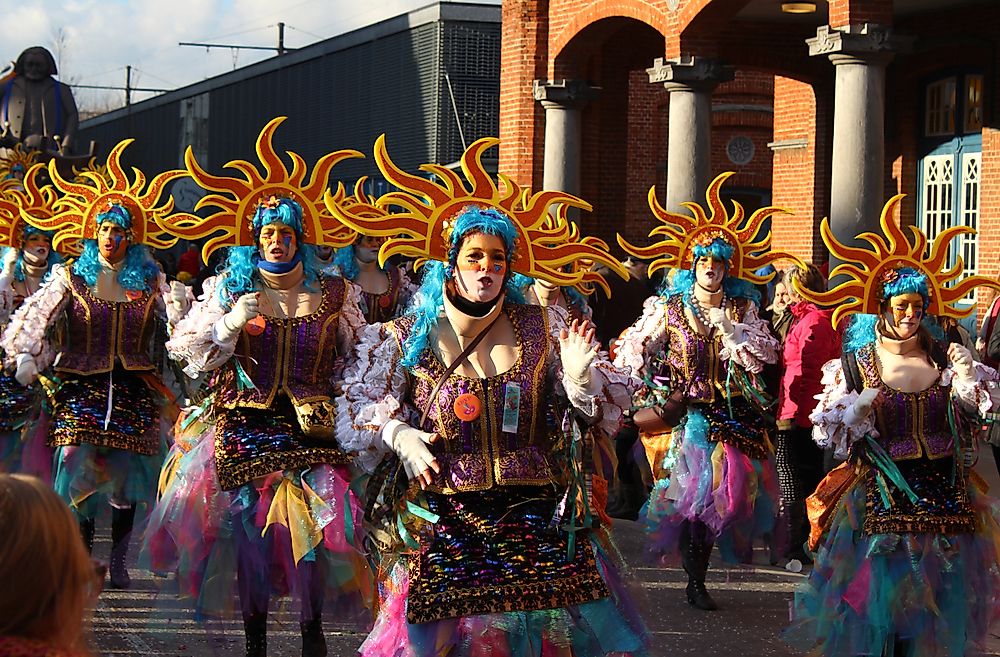
Held in the city of Aalst, this annual event is held for three days in the days preceding Ash Wednesday. Most of the festivities are held on the streets where the participants dance at the city squares and visit the café in the city. The carnival traces its origin to the Middle Ages. Festivities include a humorous city council session, a great carnival parade that includes more than 100 floats, the Broom Dance by the Gilles of Aalst, and more.
3. Shrimp Fishing on Horseback in Oostduinkerke
A unique method of shrimp fishing can be observed in Belgium’s Oostduinkerke where twelve households are involved in this activity. Strong horses are made to wade breast-deep in the surf and pull funnel-shaped nets held by wooden boards on either side. A chain attached to the system when dragged on the ground creates vibrations causing the shrimp to jump up and land on the net. The catch is then collected in baskets attached to the horses. This tradition involves the entire community and gives them a strong cultural identity. A two-day Shrimp Festival is also held in Oostduinkerke that involves street theaters, parades, dances, and more. Thousands of visitors visit the site each year to watch the spectacle and enjoy the local cuisine.
2. Beer Culture in Belgium
Making and appreciating beer is an integral part of the culture of Belgium. Many communities across the country are involved in brewing. Nearly 1,500 types of beer are produced here using various fermentation methods. Beer is also extensively used in cooked several types of dishes.
1. Safeguarding the Carillon Culture
The Carillon culture of Belgium is the art of using bells to make music. Those skilled in this art are known as carillonneurs. This type of music is played on festive and market days in many parts of Belgium. A programme has been launched to protect this culture of the country. The aim is to protect and preserve the practices, instruments, music, oral and written history, and other elements of the carillon culture.







